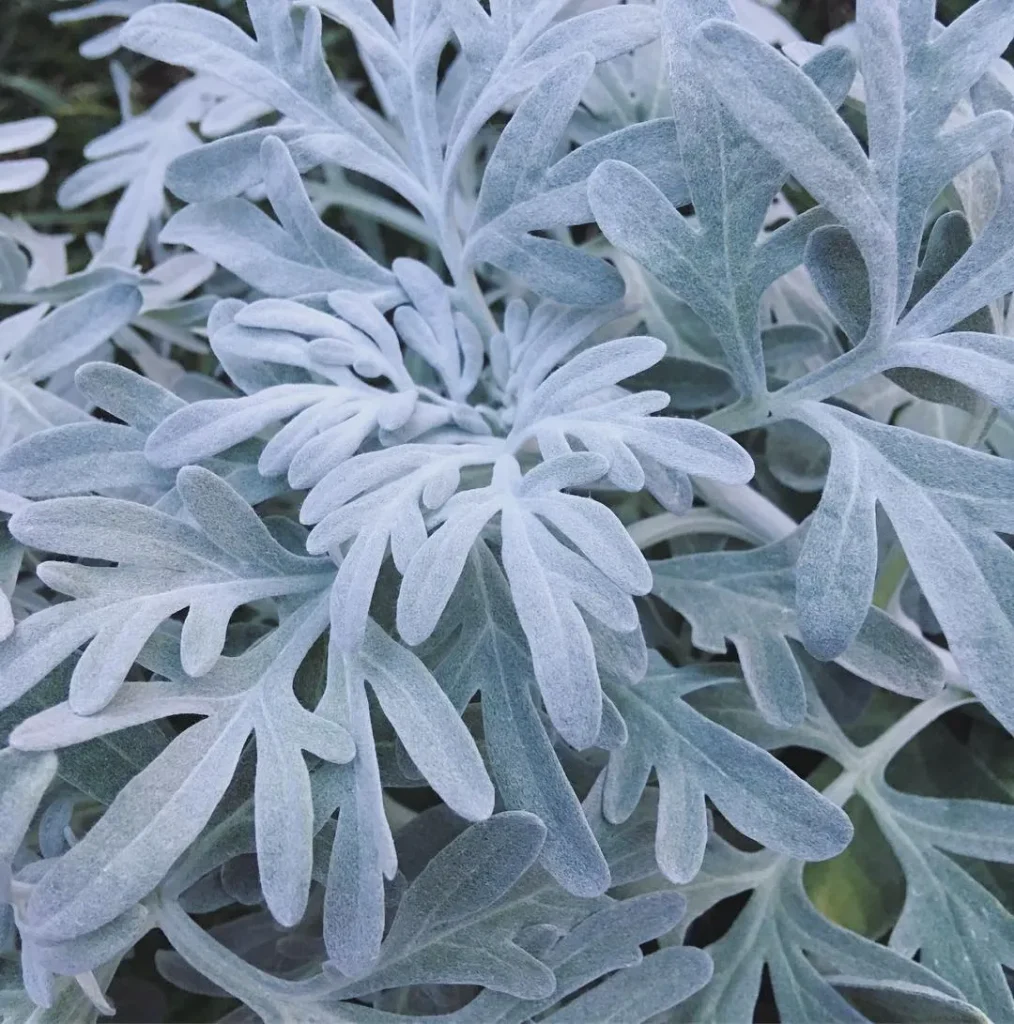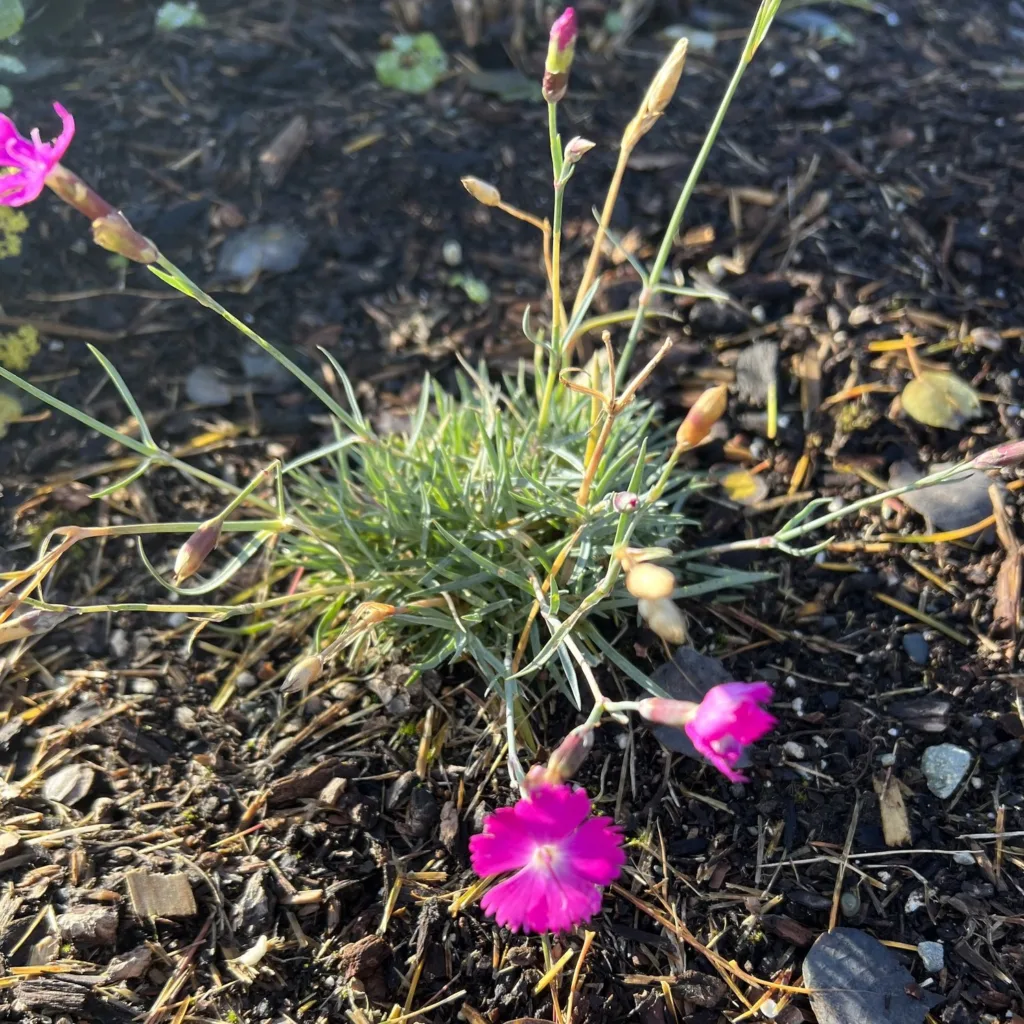The Golden Apple: An Exploration of the Chrysophyllum Genus
My fascination with the natural world began in my childhood, wandering through lush forests and vibrant gardens. Among the many wonders that captured my imagination, the Chrysophyllum genus holds a special place. This group of tropical trees, with their shimmering leaves and delectable fruits, has captivated botanists and fruit enthusiasts alike for centuries. Let’s delve into the world of Chrysophyllum, exploring its unique characteristics, diverse species, and the cultural significance it holds in different corners of the globe.
A Golden Name for Golden Leaves
The name “Chrysophyllum” originates from the Greek words “chrysos” (gold) and “phyllon” (leaf), a fitting tribute to the characteristic golden-brown hairs found on the underside of many species’ leaves. This shimmering foliage creates a mesmerizing effect when sunlight filters through the canopy, giving the trees an ethereal glow. The genus belongs to the Sapotaceae family, known for its latex-producing trees and fruits with a sweet, milky sap.
Chrysophyllum trees are predominantly found in tropical regions, with the Americas being a particular hotspot of diversity. From the humid rainforests of the Amazon to the Caribbean islands, these trees thrive in warm, moist environments. They are typically evergreen, providing year-round greenery and contributing significantly to the biodiversity of their ecosystems.
A Bounty of Biodiversity: Chrysophyllum Species
The Chrysophyllum genus boasts a rich array of species, each with its unique features and distribution:
- Chrysophyllum acreanum A.C.Sm.
- Chrysophyllum albipilum Cronquist
- Chrysophyllum arenarium Allemão
- Chrysophyllum argenteum Jacq.
- Chrysophyllum aulacocarpum Ernst
- Chrysophyllum bicolor Poir.
- Chrysophyllum brenesii Cronquist
- Chrysophyllum cainito L. – Plant FAQs: Star Apple – Chrysophyllum Cainito
- Chrysophyllum contumacense Sagást. & M.O.Dillon
- Chrysophyllum euryphyllum T.D.Penn.
- Chrysophyllum flexuosum Mart.
- Chrysophyllum hirsutum Cronquist
- Chrysophyllum inornatum Mart.
- Chrysophyllum januariense Eichler
- Chrysophyllum lanatum T.D.Penn.
- Chrysophyllum lancisepalum R.Lima
- Chrysophyllum lucentifolium Cronquist
- Chrysophyllum manabiense T.D.Penn.
- Chrysophyllum marginatum (Hook. & Arn.) Radlk.
- Chrysophyllum mexicanum Brandegee
- Chrysophyllum moralesianum Aguilar, D.Santam. & J.M.Chaves
- Chrysophyllum oliviforme L.
- Chrysophyllum ovale Rusby
- Chrysophyllum paranaense T.D.Penn.
- Chrysophyllum parvulum Pittier
- Chrysophyllum pauciflorum Lam.
- Chrysophyllum pubipetalum Sossai & Alves-Araújo
- Chrysophyllum reitzianum Mattos
- Chrysophyllum revolutum Mart. & Eichler
- Chrysophyllum rufum Mart.
- Chrysophyllum sierpense Aguilar, D.Santam. & J.M.Chaves
- Chrysophyllum sparsiflorum Klotzsch ex Miq.
- Chrysophyllum splendens Spreng.
- Chrysophyllum striatum T.D.Penn.
- Chrysophyllum subspinosum Monach.
- Chrysophyllum superbum T.D.Penn.
- Chrysophyllum wilsonii T.D.Penn.
More Than Just a Pretty Fruit
While the edible fruits of some Chrysophyllum species are undoubtedly a major draw, the genus offers more than just culinary delights. The trees themselves play a vital role in their ecosystems, providing habitat and food for a variety of animals. The dense foliage offers shelter for birds and insects, while the fruits attract mammals and birds that help disperse the seeds.
Beyond their ecological importance, Chrysophyllum species also hold cultural significance in many communities. The fruits are often used in traditional medicine, and the wood is valued for its durability and beauty, used in crafting furniture and other items. In some cultures, the trees are even considered sacred, symbolizing prosperity and abundance.
Conservation Concerns
Despite their ecological and cultural importance, many Chrysophyllum species face threats due to deforestation, habitat loss, and overexploitation. As human populations expand and demand for resources increases, the natural habitats of these trees are shrinking. It is crucial to recognize the value of these species and implement conservation measures to protect them for future generations. Sustainable harvesting practices, reforestation efforts, and raising awareness about the importance of biodiversity are essential steps in ensuring the survival of these magnificent trees.
A Continued Fascination
My journey with the Chrysophyllum genus is far from over. I continue to be amazed by the diversity and resilience of these trees, their ability to thrive in challenging environments, and their contributions to both human societies and the natural world. As I continue to explore the intricate web of life, I am reminded of the interconnectedness of all living things and the importance of preserving the delicate balance of our planet’s ecosystems. The Chrysophyllum genus, with its golden leaves and bountiful fruits, serves as a shining example of the beauty and complexity of the natural world, a world that deserves our respect and protection.
If i die, water my plants!



